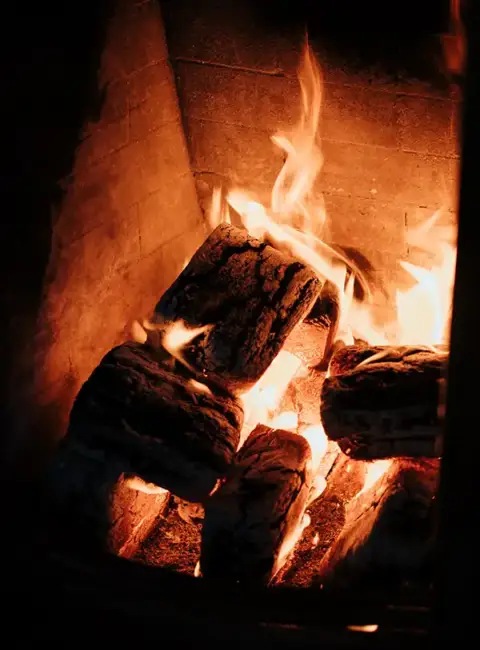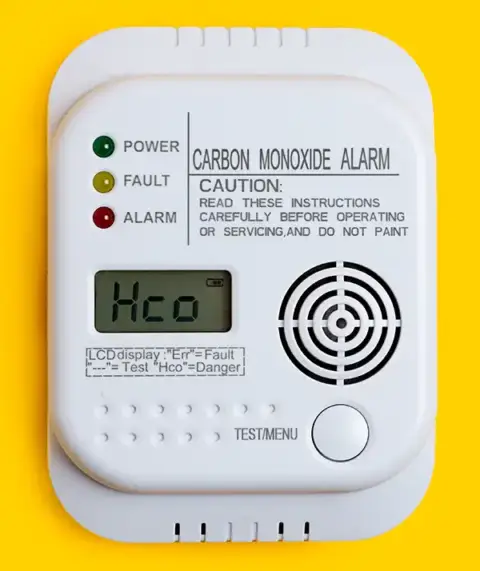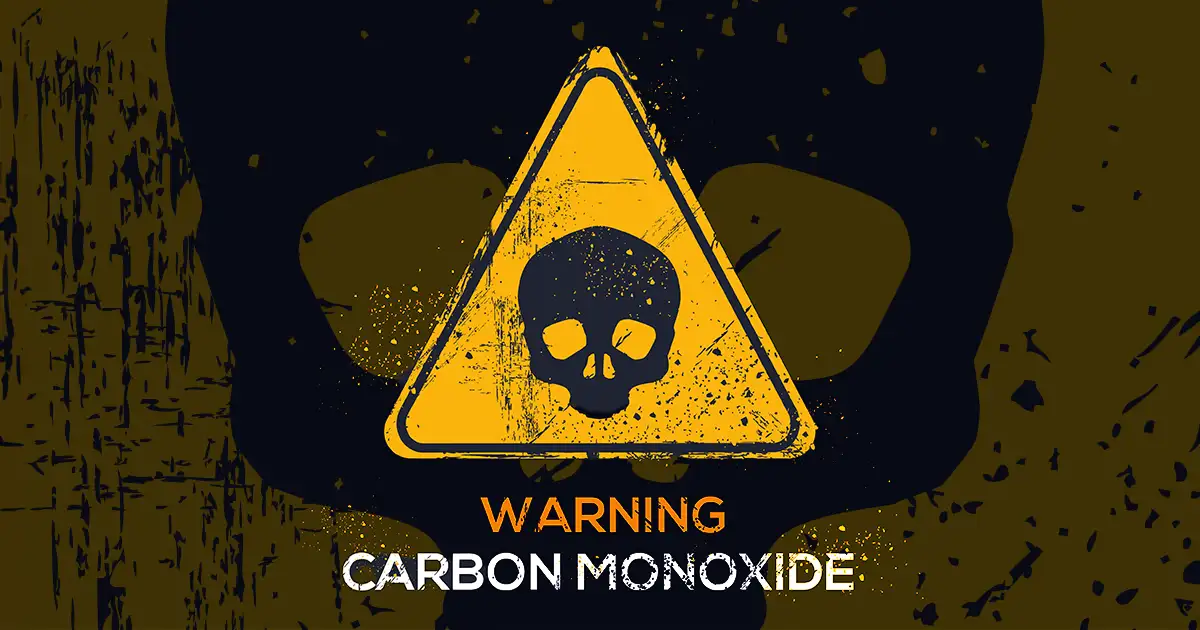We imagine our homes to be a safe refuge from the rest of the world… a cocoon that protects us from outside hazards. Yet, a silent and potentially lethal intruder may be lurking inside the walls of your home as you read this.
Of course, we are talking about carbon monoxide, often referred to as the “silent killer”. Everyone has heard about it, but most assume they have nothing to worry about. The indifference that people feel towards it increases the grave risk it poses.
Understanding This Invisible Threat

Carbon monoxide is a tasteless and odorless gas, virtually undetectable without specialized equipment. This dangerous gas results from fuels such as gas, wood, coal, or gasoline that are not burned completely. This means that cars running in a closed garage, furnaces, and even fireplaces can be potential sources.
Even though trace amounts of carbon monoxide are present in the air we breathe, these amounts are typically harmless. In large concentrations, however, the story takes a grim turn.
Debunking Myths About Carbon Monoxide
To fully comprehend the dangers, we must first separate fact from fiction. At Wright’s Air, we feel it is essential that our customers know the truth so that they are better prepared to protect themselves and their families.
- Myth: Carbon monoxide has a distinctive smell or taste.
Fact: It’s as elusive as air, lacking both flavor and odor. Any smell likely arises from the byproducts of incomplete combustion, like burnt fuel. - Myth: Only devices that burn fuel produce carbon monoxide.
Fact: While burning appliances are primary culprits, carbon monoxide can exist in the air, albeit in minuscule, typically harmless amounts. - Myth: Carbon monoxide detectors should be treated like smoke alarms.
Fact: Unlike smoke, which rises, carbon monoxide remains at the same level as the air, allowing CO detectors to sit at floor level. Regular maintenance is essential; they need monthly checks and replacements every 8-10 years. - Myth: Carbon monoxide detectors frequently give false alarms.
Fact: While this might have been true for earlier models, advanced technology has made current detectors far more accurate, ringing only in the presence of potential danger. - Myth: A carbon monoxide emergency demands the same response as a fire.
Fact: Fires spread rapidly, whereas carbon monoxide issues often occur slowly. Imagine a small leak expanding over weeks or even months. - Myth: One can sense elevated carbon monoxide levels.
Fact: The insidious nature of CO often results in it manifesting as flu-like symptoms, sometimes leading to misdiagnosis.
Medical Consequences of Exposure
The health risks associated with carbon monoxide are daunting. When inhaled, it attaches to the hemoglobin in the blood, taking the place of oxygen. Over time, this deprives vital organs, predominantly the heart and brain, of the oxygen they need to function.
Initial symptoms might include:
- Intense headaches
- Weakness
- Dizziness
- Nausea or vomiting
- Shortness of breath
- Confusion
- Blurred vision
- Drowsiness
- Loss of muscle control and consciousness
Alarmingly, even after surviving an acute episode of CO poisoning, long-term health effects like memory deficits, significant personality shifts, and motor difficulties can persist. At a heightened risk are people who are sleeping or under the influence of drugs/alcohol. In these situations, severe brain damage or even death can occur before the threat is recognized.
Protecting Your Home and Loved Ones

Given the grim reality, the emphasis on protection becomes paramount.
- Installation of CO Detectors: Ensuring the presence of CO alarms, especially in sleeping areas, is the primary line of defense. It’s vital to keep these devices free from obstructions.
- Routine Checks: Regularly testing these alarms is akin to a health check-up, ensuring they function optimally.
- Responding to Alarms: If the detector signals a breach, don’t ignore it or take it for granted. Immediately contact emergency services and vacate the premises until it’s deemed safe.
- Limiting Potential Sources: Simple actions, like avoiding indoor use of charcoal grills and ensuring vehicles aren’t idling in enclosed garages, can significantly reduce the risk.
- Professional Checks: Regular appliance inspections and maintenance, as offered by reputable services like Empire Heating & Air and Air-Max Solutions, further fortify the home’s defenses.
Final Thoughts
While carbon monoxide might be a silent and stealthy foe, its threat can be mitigated with the proper knowledge and proactive measures. Prioritizing safety and regular checks ensures that our homes remain the sanctuaries they’re meant to be.
Are you looking to enhance your home’s protection? Give us a call today at (903) 455-5662. We prioritize your safety above all.

